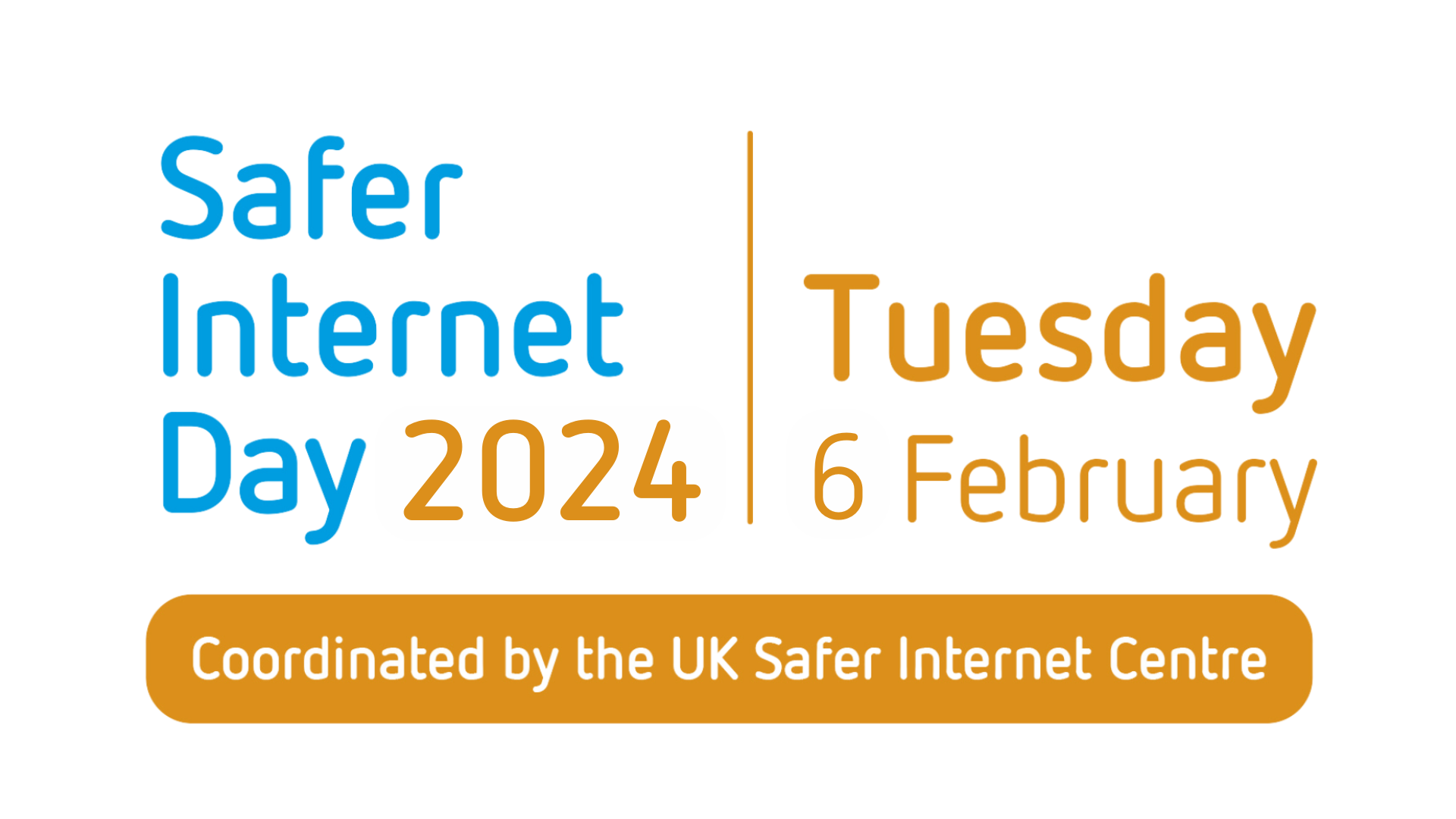The ultimate digital renegades, kids (age 12 and younger) and Young Teens (ages 13-15) are playing by their own rules. These audiences are finding multifaceted ways to interact with trends — and these online behaviors are shaping the entire digital media landscape.
Exhibited by the explosion of recent popular trends, cross-platform engagement has become the new standard. Keep reading to learn more about this recent shift and what it means for your content strategy.
Trend deep-dive
Gacha is a type of anime-style app that allows users to customize their own characters using in-platform creation tools. In recent years, this trend has skyrocketed in popularity; in 2020, it had over a million mentions on PopJam, our kid-safe social media platform for kids between the ages of 7 and 12.
This showcases a pivotal shift in young audiences’ digital behavior, including how they interact with the latest trends. There is much to be learned from how these trends gain popularity with kids and Young Teens, and these learnings can help you make a bigger impact with branded content.
Three key learnings for brands
1. Cross-platform adaptability is critical to sustaining popularity
From Roblox to Among Us, the trends that today’s young audiences are buzzing about have one thing in common. Adaptability across multiple platforms is the key to winning the hearts and minds of platform agnostic kids and Young Teens—and remaining relevant.
Gacha Life became popular due to its in-app sharing and storytelling features. However, the widespread adoption of this trend was fueled by the ability for kids to easily share their creations to external social media and social video environments using in-platform creation tools.
2. Young audiences require both passive and active ways to participate
Did you know: 64% of kids watch games of videos that they don’t play?
Young people have different preferences when it comes to digital engagement. The most popular trends are those that offer both active and passive opportunities for kids and Young Teens to get involved.
- Active participation includes creating content, sharing user-generated content, and interacting with user-generated content.
- Passive participation includes consuming user-generated content.
3. Safe, non-toxic communities matter now more than ever
While user-generated content can increase reach, it also presents the opportunity for inappropriate content to be viewed by youth audiences. Often, this content isn’t easily distinguishable from content that is safe, especially when thumbnails feature the characters that young audiences love and are familiar with. Safe, moderated spaces allow kids and Young Teens to interact with the trends they love, both actively and passively.
Three ways to apply these learnings to your content strategy
- Think beyond the confines of one platform: Kids and Young Teens are always on the hunt for the newest ways to connect and engage. Create multi-platform ecosystems for your content to maximize its reach.
- Give kids and Young Teens the tools they need to interact, both actively and passively: Young audiences now expect multifaceted ways to interact with content. Consider integrating sharing, creation, and production tools to establish two-way experiences that go beyond passive consumption.
- Integrate your brand into kid-safe communities: Provide non-toxic and trusted spaces for kids to share and consume content. This will allow young audiences to become fans of your brand without the risk of stumbling across inappropriate user-generated content.
Are you interested in more trends like these?
PopJam’s highly-engaged audience of kids gives us a direct insight into the trends emerging in the lives of kids globally. Subscribe to our monthly PopJam Kids Trends Report to learn more about the trends kids are talking about and engaging with.
Originally published February 18, 2019, updated February 21, 2021.






